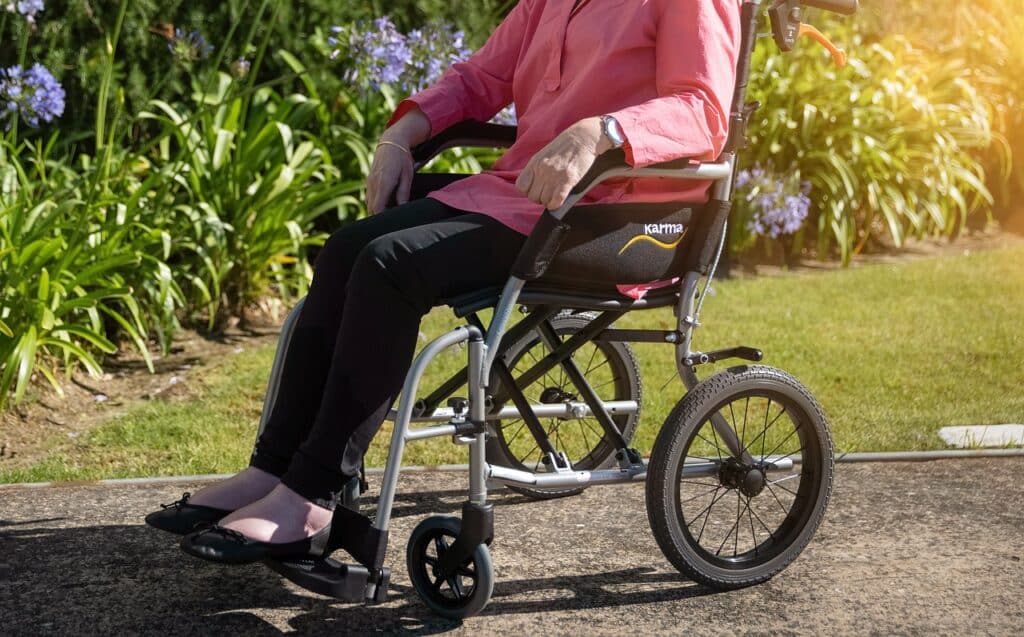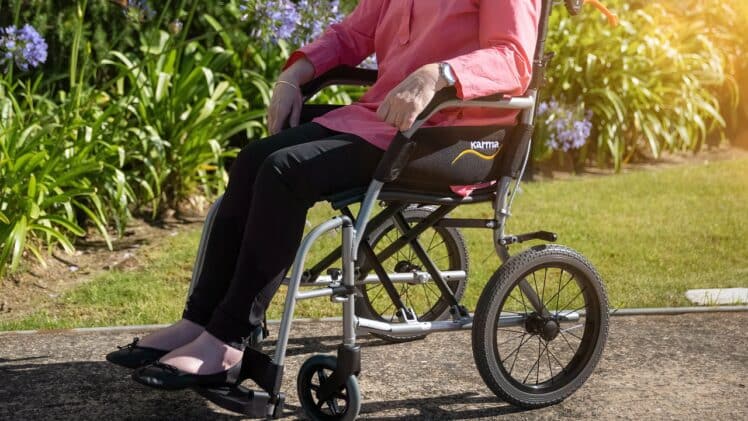When homes are designed and built with accessibility in mind, everyone benefits. From individuals with disabilities to the aging population and families with young children, accessible housing plays a crucial role in creating a more inclusive and supportive society. Richard Grotsch looks into the importance of accessible housing and how it can benefit everyone in the community.

What Is Accessible Housing?
Accessible housing refers to homes designed and built to accommodate people with disabilities or mobility challenges. This includes features like wider doorways, lower countertops, bathroom grab bars, and ramps instead of stairs. These features make it easier for people with disabilities to navigate and use their homes independently.
Benefits Of Accessible Housing
Improved Quality Of Life
Accessible housing significantly improves the quality of life for individuals with disabilities. By providing features such as wider doorways, ramps, and grab bars, these homes enable people with disabilities to move around more freely and perform daily tasks independently. This independence boosts their confidence and reduces their reliance on caregivers, enhancing their overall sense of well-being. Accessible housing also promotes social inclusion by allowing individuals with disabilities to participate more fully in community activities, fostering a greater sense of belonging and connection.
Aging In Place
Accessible housing is essential for enabling older adults to age in place. As people age, they may experience mobility issues or other disabilities that make traditional homes challenging to navigate. Accessible housing addresses these challenges by incorporating features such as no-step entries, lever-style door handles, and walk-in showers. This makes it easier for older adults to live independently and safely in their homes. Preventing unnecessary moves to assisted living facilities or nursing homes can improve their quality of life and reduce the burden on the healthcare system.
Inclusive Communities
Accessible housing is crucial in creating inclusive communities where people of all abilities can live, work, and play together. Homes designed with accessibility in mind benefit everyone, not just individuals with disabilities. For example, a home with a no-step entry is easier for parents with strollers, while wider doorways and hallways make it easier to move furniture. By promoting inclusivity, accessible housing fosters a sense of community and belonging among residents, creating a more vibrant and diverse neighborhood.
Increased Property Value
Accessible housing tends to have higher property values compared to non-accessible homes. This is because accessible features appeal to a wider range of buyers, including individuals with disabilities, older adults, and families with young children. Homes that are already accessible may also require fewer modifications in the future, making them more attractive to potential buyers. Additionally, accessible housing is often associated with higher-quality construction and design, further contributing to its higher property value.
Health And Safety
Accessible housing promotes health and safety by reducing the risk of accidents and injuries, particularly for older adults and people with disabilities. Features such as grab bars, non-slip flooring, and well-lit pathways help prevent falls, which are a leading cause of injury among these populations. By creating a safer living environment, accessible housing not only improves residents’ physical health but also reduces the emotional and financial costs associated with accidents and injuries.
Environmental Sustainability
Accessible housing often incorporates environmentally sustainable features, such as energy-efficient appliances, solar panels, and green building materials. These features reduce the home’s environmental impact and lower residents’ utility bills. By promoting sustainable living practices, accessible housing contributes to a healthier environment for current and future generations.
Challenges And Solutions
Despite the benefits, making housing accessible has challenges. One major challenge is the cost of retrofitting existing homes. However, solutions, such as government incentives and grants, can help offset these costs.
Another challenge is the lack of awareness among homeowners and builders about the importance of accessible housing. Education and advocacy efforts are crucial in raising awareness and promoting the adoption of accessible design principles in housing construction.
Conclusion
Accessible housing is not just necessary for people with disabilities; it’s a cornerstone of inclusive communities. By prioritizing accessibility in housing design and construction, we can create welcoming and supportive communities for everyone, regardless of their abilities. Investing in accessible housing is an investment in a more inclusive and equitable society for all.





